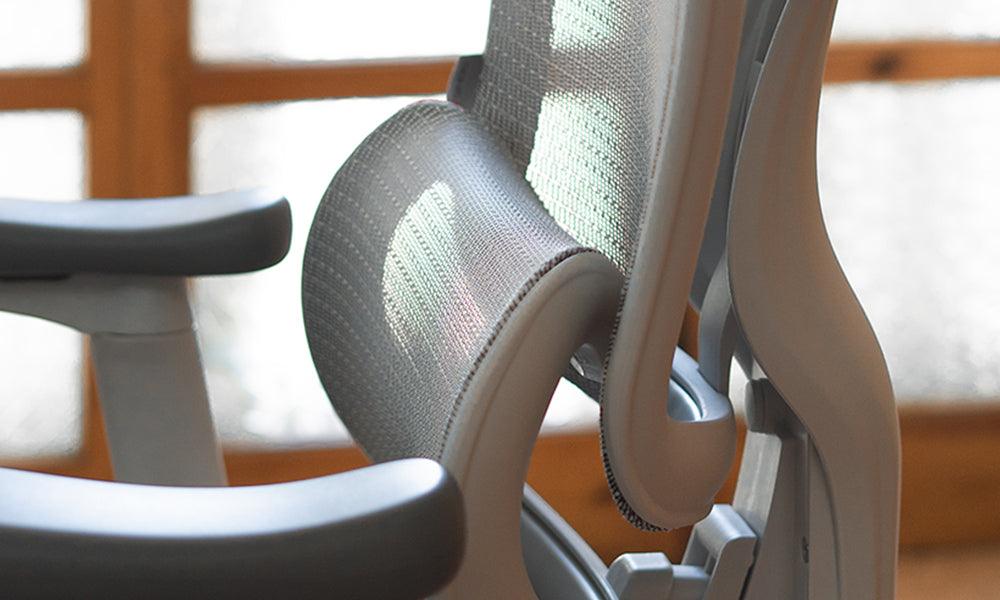Work-related injuries are a serious and costly problem for both employers and employees. According to the U.S. Bureau of Labor Statistics, there were 2.8 million nonfatal occupational injuries and illnesses reported by private industry employers in 2019. Among these, the most common were musculoskeletal disorders (MSDs), such as sprains, strains, and tears, which accounted for 33% of all cases. MSDs are injuries or disorders of the muscles, nerves, tendons, joints, cartilage, and spinal discs that are caused or aggravated by work conditions, such as repetitive motions, awkward postures, or excessive force. MSDs can affect various parts of the body, such as the back, neck, shoulder, elbow, wrist, hand, knee, and ankle, and can cause pain, stiffness, swelling, inflammation, and reduced mobility.
MSDs can have negative impacts on both the physical and mental health of workers, as well as their productivity and performance. MSDs can cause discomfort, fatigue, stress, anxiety, depression, and reduced quality of life for workers. MSDs can also result in absenteeism, presenteeism, turnover, disability, and increased health care, workers' compensation, and litigation costs for employers. Therefore, preventing and reducing MSDs is a vital goal for any workplace that values the health, safety, and well-being of its workers.
One of the most effective ways to prevent and reduce MSDs is to use ergonomic chairs. Ergonomic chairs are chairs that are designed to fit the user's body and needs, and to provide comfort and support while sitting. Ergonomic chairs can help workers maintain good posture, reduce physical strain, and improve blood circulation, which can lower the risk of developing MSDs or worsening existing ones. Ergonomic chairs can also enhance the comfort, satisfaction, and productivity of workers, by allowing them to adjust their seating position and angle according to their preferences and tasks. Ergonomic chairs can benefit workers in various settings, such as offices, factories, schools, hospitals, and home offices.
Ergonomic chairs have various features and functions that can help workers prevent and reduce MSDs, such as:
• Lumbar support: This is a feature that provides support and pressure relief for the lower back, which is one of the most common areas affected by MSDs. Lumbar support can help workers maintain the natural curve of their spine, and prevent slouching or hunching, which can cause back pain, stiffness, and injury. Lumbar support can be adjustable in height and depth, to suit different body shapes and sizes.
• Headrest: This is a feature that provides support and alignment for the neck and head, which are also common areas affected by MSDs. Headrest can help workers prevent forward head posture, which can cause neck pain, headaches, and stiffness. Headrest can be adjustable in height and angle, to suit different preferences and tasks.
• Seat height and depth: These are features that allow workers to adjust the height and depth of the seat, to match their leg length and desk height. Seat height and depth can help workers ensure proper blood circulation and pressure distribution in their legs and lower body, and prevent numbness, swelling, varicose veins, and deep vein thrombosis. Seat height and depth can be adjusted by using a lever or button on the side of the chair.
• Backrest angle and tension: These are features that allow workers to adjust the angle and tension of the backrest, to suit their recline preference and movement. Backrest angle and tension can help workers reduce the stress and strain on their spine, muscles, and joints, and provide balance and support for their body. Backrest angle and tension can be adjusted by using a lever or knob on the side of the chair. Some ergonomic chairs also have a tilt lock function, which allows workers to lock the backrest at a certain angle if they prefer.
• Armrests: These are features that provide support and comfort for the arms and shoulders, which can also be affected by MSDs. Armrests can help workers prevent tension and pain in their arms and shoulders, and prevent repetitive strain injuries. Armrests can be adjustable in height, width, depth, and angle, to suit different arm lengths and positions.
By using best office chairs, workers can prevent and reduce MSDs, and improve their health, comfort, and productivity. However, ergonomic chairs are not a one-size-fits-all solution, and workers need to adjust their chairs according to their body and needs, and change their posture and position frequently, to avoid sitting in the same position for too long. Workers also need to complement their ergonomic chairs with other ergonomic practices, such as taking breaks, stretching, exercising, and using ergonomic tools and equipment, to optimize their health and well-being.
Conclusion
Work-related injuries, especially MSDs, are a serious and costly problem for both employers and employees. Ergonomic chairs can play a crucial role in preventing and reducing MSDs, by providing workers with the necessary support and comfort during their work hours. These chairs are designed to promote proper posture and reduce strain, effectively minimizing the risk of MSDs and improving the health, comfort, and productivity of workers. Ergonomic chairs can benefit workers in various settings, and can be adjusted to suit different body shapes and sizes, and different preferences and tasks. Ergonomic chairs are an investment in the health and safety of workers, and a key component of any ergonomic workplace.



































